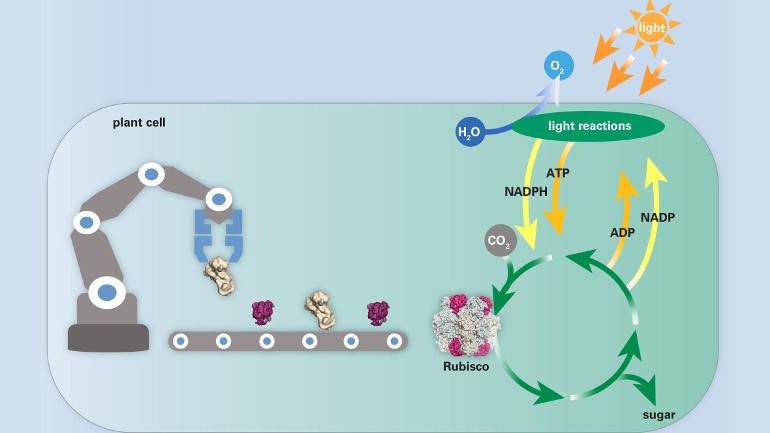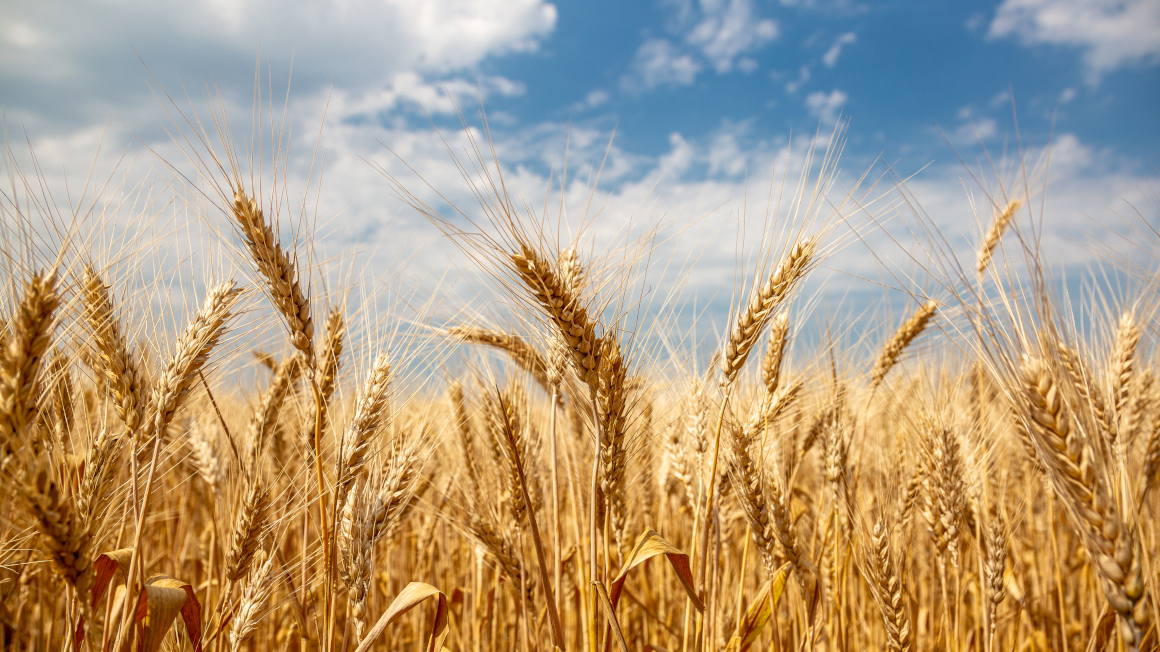Bioengineering improves photosynthesis
Biochemists in Munich managed to improve the photosynthesis process by generating the Rubisco enzyme in a bacterial host. This could also boost future crop yields.

The number of people on the planet and thus the number of hungry mouths to feed is constantly growing and is expected to exceed 9 billion by the year 2050. Thus, there is an urgent need to improve crop yield for food output. To meet this demand, researchers lead by Manajit Hayer-Hartl at the Max Planck Institute of Biochemistry in Munich aim to increase the efficiency of photosynthesis and thus crop productivity by artificially engineering the plant Rubisco enzyme. They published their results in the journal “Science”.
Engineering photosynthesis
Photosynthesis is the fundamental biological process that underlies all plant growth and supports life on Earth. Plants use the energy of sunlight to convert carbon dioxide (CO2) and water to sugar and oxygen (O2). The critical enzyme in this process is Rubisco. The Rubisco enzyme consists of eight large and eight small subunits, which, together, catalyse the first step of the photosynthesis process: the fixation of CO2 from the atmosphere. However, Rubisco is an inefficient enzyme as it captures CO2 only slowly. Competing reactions with O2 further impair Rubisco’s catalytic efficiency. For these reasons, Rubisco often limits the rate of photosynthesis and ultimately plant growth, making Rubisco a coveted target for genetic engineering.
Engineering of plant Rubisco, and photosynthesis, would be enhanced by functional expression of the enzyme in alternative hosts. However, for decades now scientists have tried and failed to produce an enzymatically active form of plant Rubisco in a bacterial host. A research team led by Manajit Hayer-Hartl, head of the research group “Chaperonin-assisted Protein Folding” at the Max Planck Institute of Biochemsitry, has now identified the requirements for expressing and assembling plant Rubisco in a bacterium. Their findings are expected to greatly accelerate efforts to improve photosynthesis through Rubisco engineering.
A new and automated assembly line for Rubisco
The researchers generated functional plant Rubisco in a bacterial host by simultaneously expressing plant chaperones and Rubisco in the same cells. This not only enables the scientists to understand the complex assembly pathway of Rubisco, but to modify the Rubisco gene in order to improve its properties. Once they obtained a Rubisco variant with a desired trait, they were able to insert the modified gene back into the plant cells. This is a key-step towards improving photosynthesis through Rubisco engineering. “The bacterial expression system resembles an assembly line for cars. Whereas previously every optimized variant of Rubisco had to be painstakingly expressed in a transgenic plant, which takes a year or more to generate - like building a car by hand - we can now make hundreds or thousands of Rubisco variants in days or weeks. It is like building cars in an automated assembly line”, explains Hayer-Hartl.
jmr


